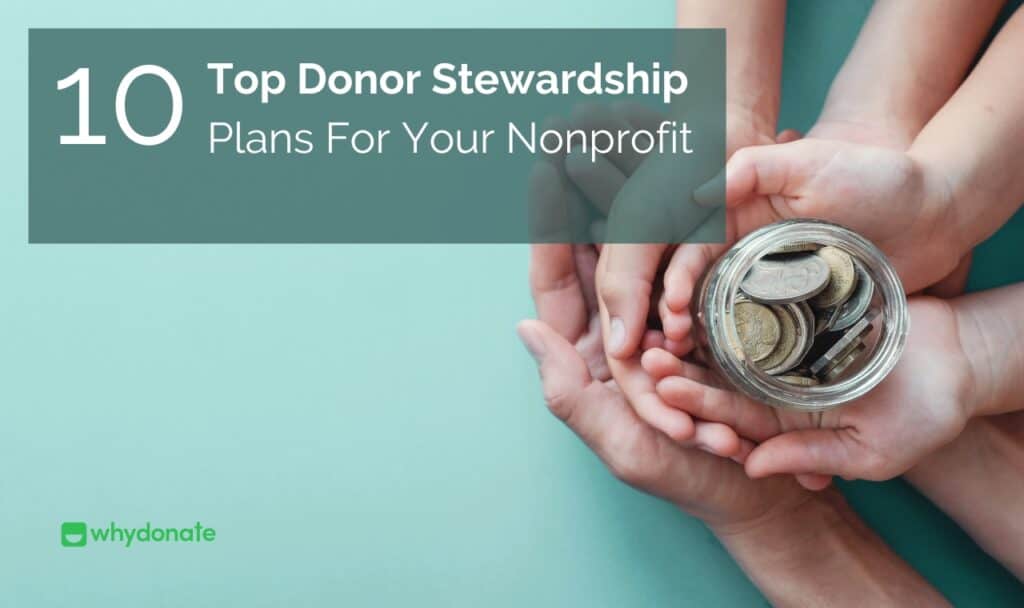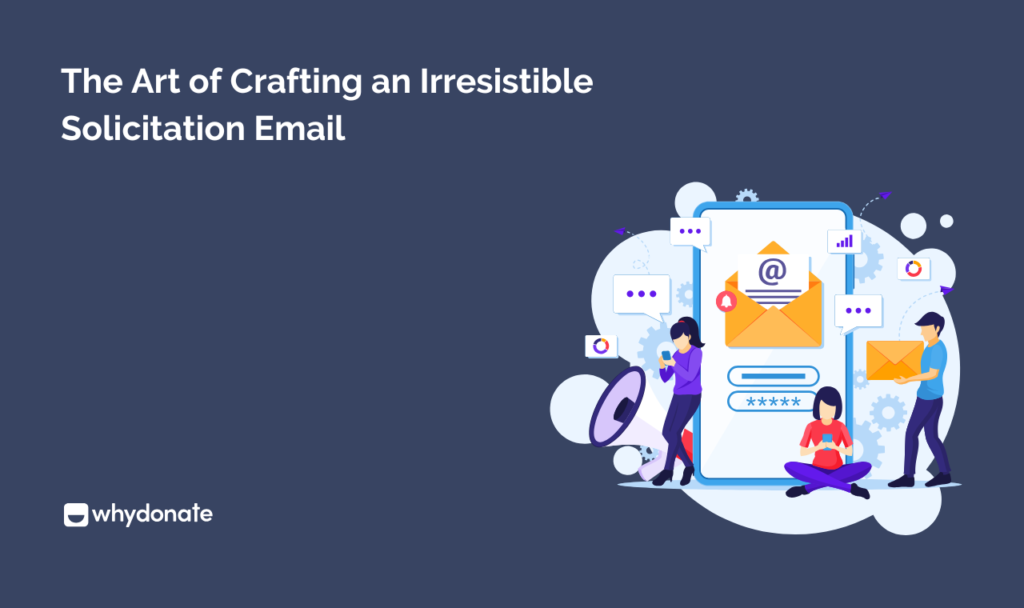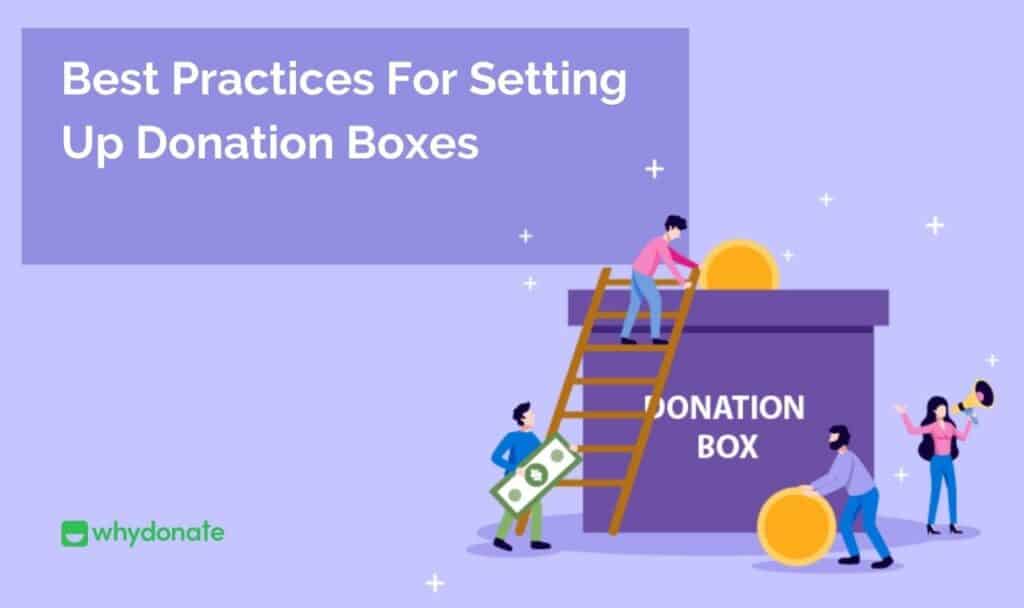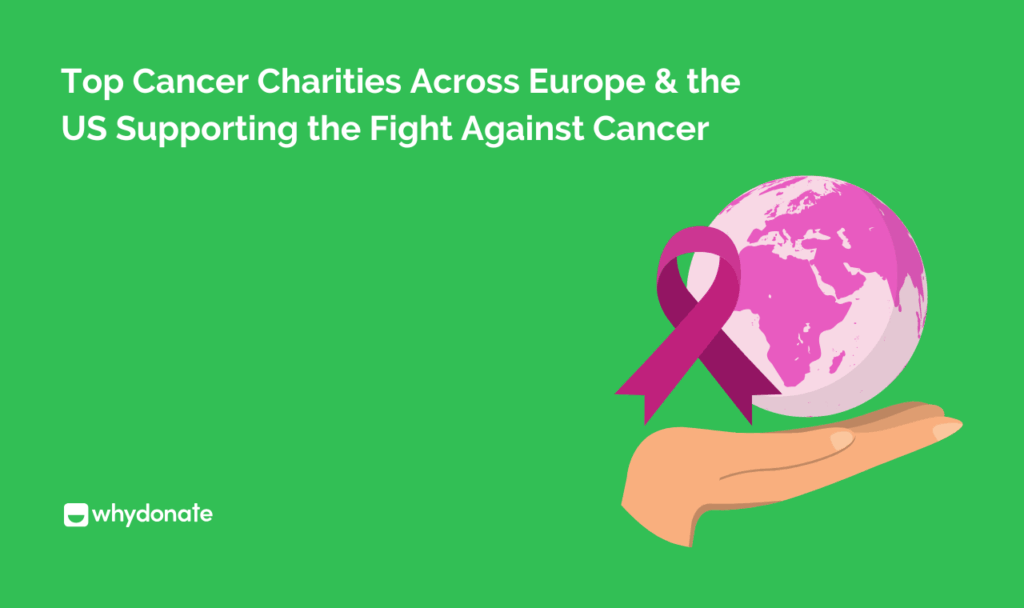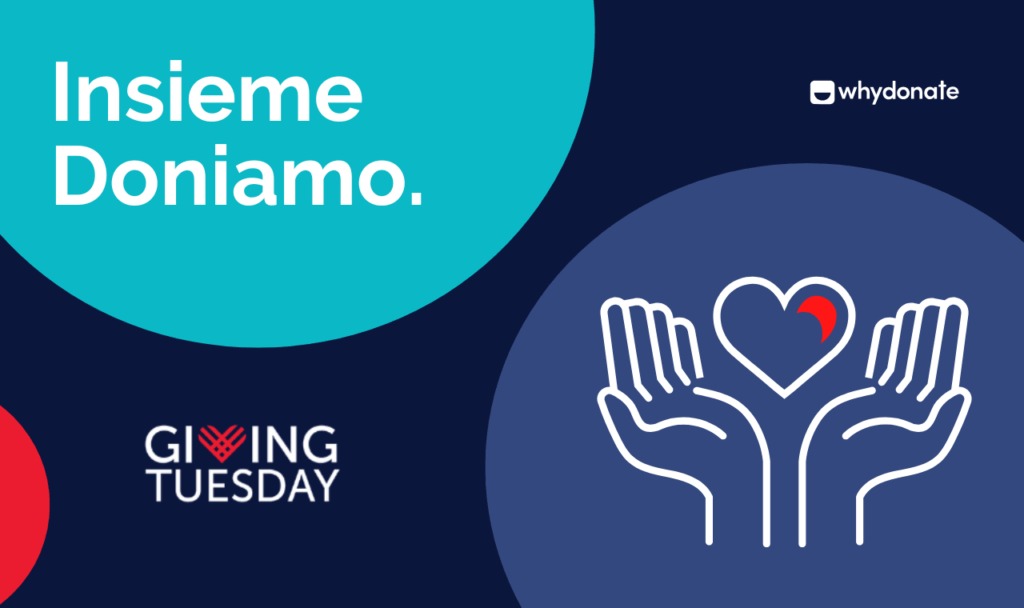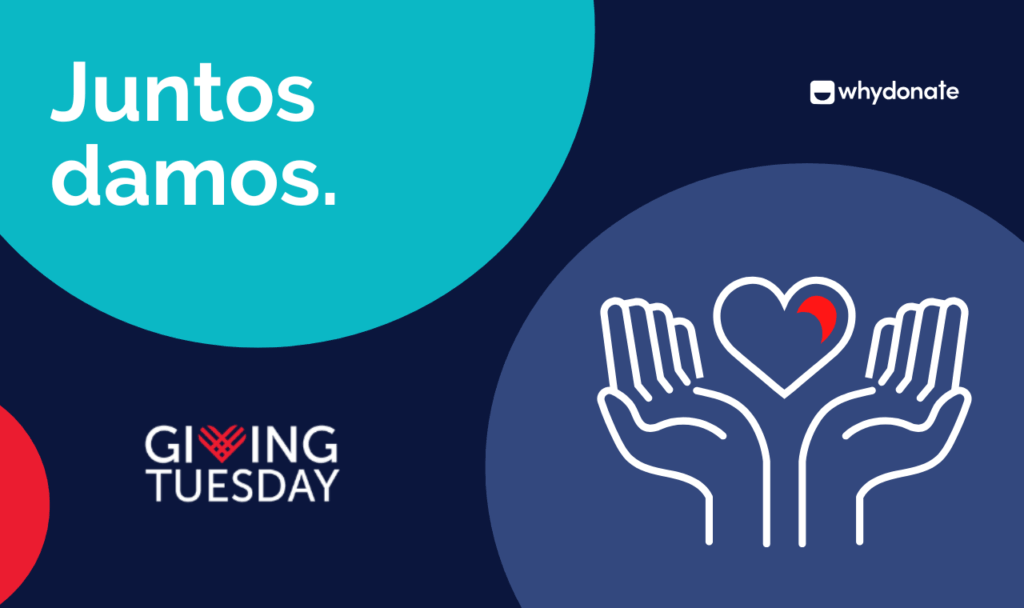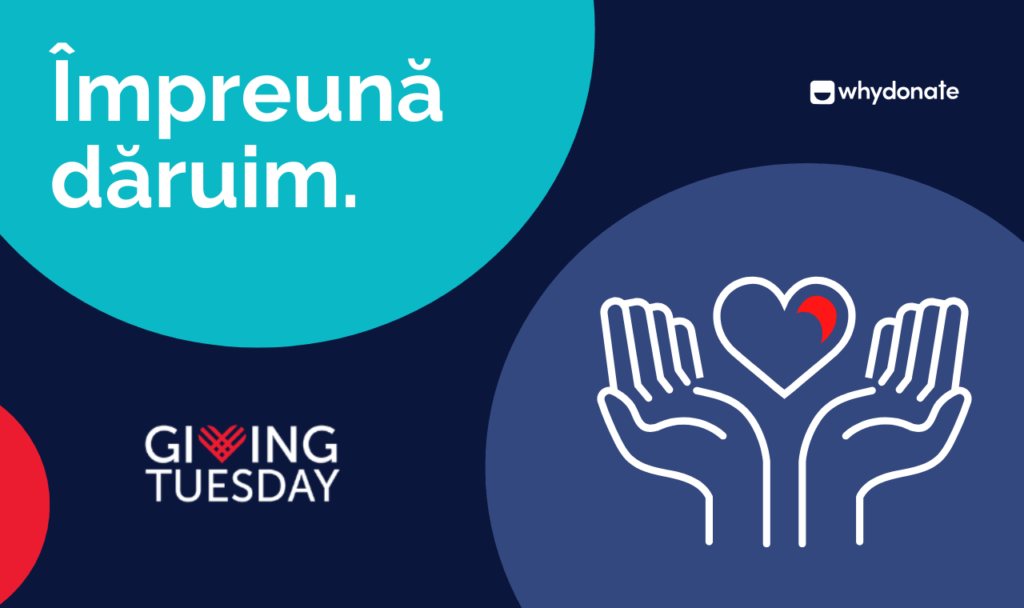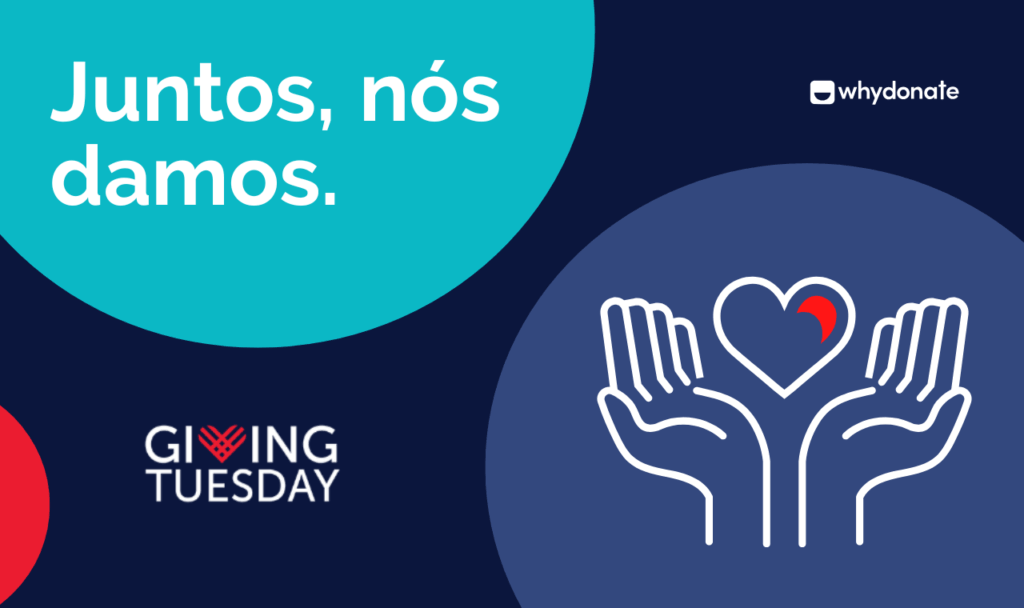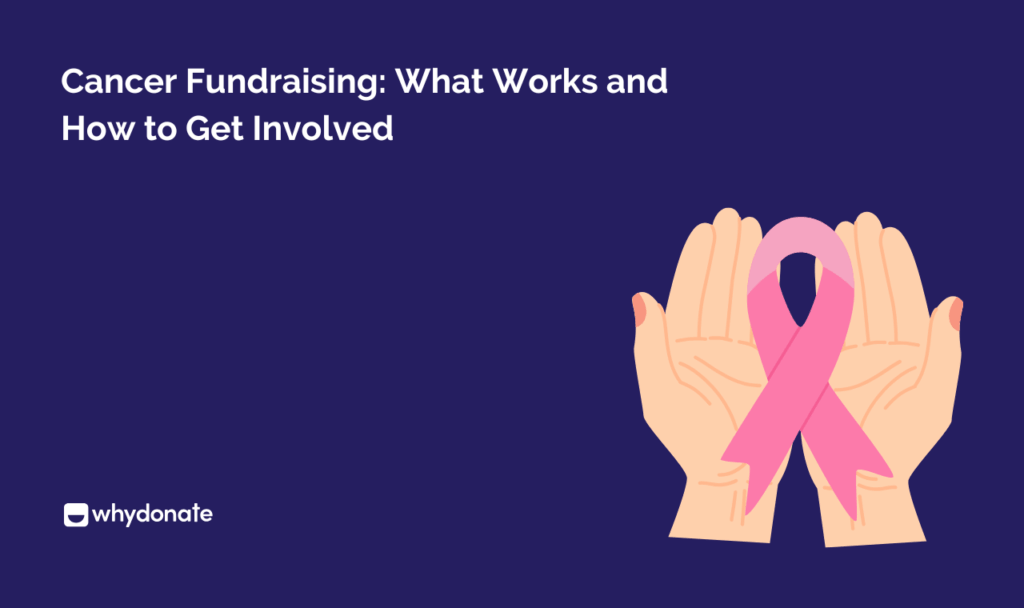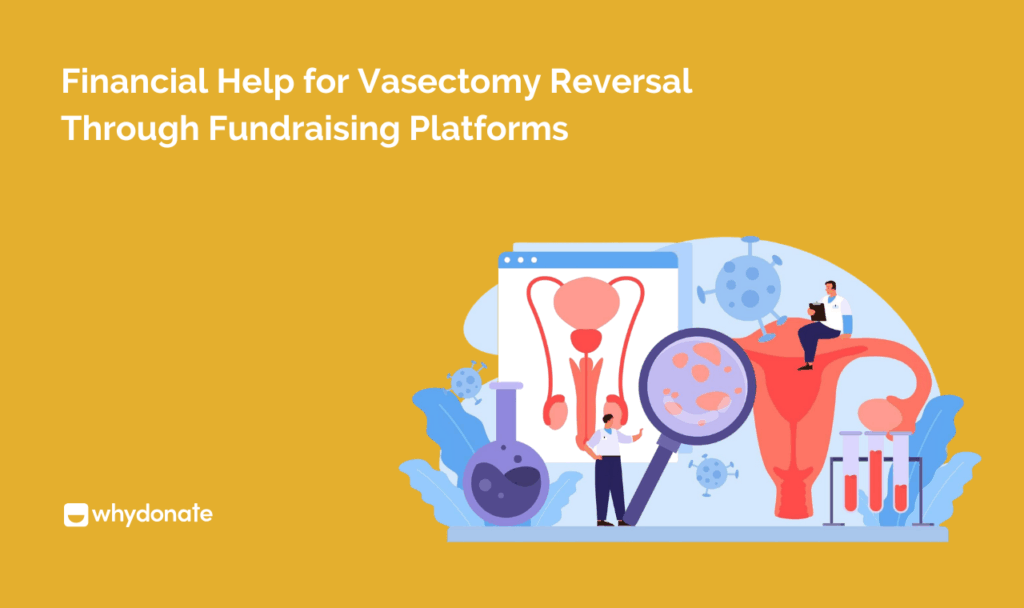Table of Contents
What Is Donor Stewardship?
The goal of donor stewardship is to build a stronger relationship with your donors. This process is designed for recurring donations, which is to inspire them to give again. It can help nonprofit organizations raise more money in the future. Developing a solid connection with existing donors is very important to maintain a strong and lasting relationship with them.
The goal of your stewardship program is to establish a strong relationship with the donors that will allow you to receive financial support for your fundraising mission. To build this relationship, most organisations adopt various practices such as regularly reporting on the effectiveness of their donations and providing opportunities for donors to get involved.

Start your own crowdfunding campaign and use the best donor stewardship methods to boost donations.
Why Create A Stewardship Plan? Impacts Of Donor Stewardship
Getting people and resources into an organization is the first step in maintaining a steady flow of donations. It is essential that nonprofits should take the necessary measures to ensure that the organization’s efforts are not wasted. This is because donor retention is crucial to ensure that the people who give are still serving the organization for many years.
One of the most important factors that a nonprofit should consider when it comes to keeping its donors is the donation management system. Many organisations lose funds due to mismanagement and no post-fundraising strategies. This is why it is highly essential to have a multi-functional donor management system integrated into the organization, and donor stewardship is one way to begin with.
It is always easier and more convenient to maintain an existing relationship than to create a new one. Similarly, donor retention is always a wise choice for nonprofit organizations while fundraising. Many major donors fail to give due to various factors such as poor communication, forgetting about their donations, or assuming that other organizations are more deserving of their support. If this is the case, it is important that the organization thoroughly investigate the causes of the issue. Doing so will help improve the organization’s retention rate and prevent it from going through the same issues in the future.

Donor Stewardship Plans
A good stewardship plan will help you track your donations and help you understand when you need to contact potential donors. Having a plan will allow you to make informed decisions and keep track of all of the activities that you’re involved in. If you’re planning on creating a new fundraising stewardship plan, it’s important that you have the necessary resources to make it work.
1. Align A Good Donor Stewardship Team
The foundation of a great team is its direction, and it should be clear and consistent with what it’s working toward. Without goals, teams can’t be inspired. Setting challenging goals can help keep the team motivated, but it can also lead to a feeling of discouragement.
A dedicated donor stewardship team is a key part of a successful donor stewardship program. The team must be aware of how to segment your donors and encourage donors to give to the cause. The team must craft a solid donor stewardship plan where they can understand their recurring donors as well as new donors in order to maintain their donor cultivation cycle.
2. Find Donors
Finding new donors is a tedious task but essential for any nonprofit organization. The donor stewardship strategy is important for a mutually beneficial relationship between the organization and the donors. As donor stewardship begins, nonprofits should not only just recognise donors but also should focus on creating an effective donor stewardship strategy to retain donors.
3. Integrate Donor Management Systems
Donation management software helps non-profit organizations and charities keep track of their donations and their fundraising activities. It also helps them improve their efficiency by allowing them to manage their relationships with their donors by evaluating their existing donor data.
It is very easy for non-profits to maintain their donor database by separating the information from the donations. With the help of donation management software, they can easily create and manage a comprehensive record of their donations through donor segmentation.
Donors tend to have a sense of appreciation for organizations that follow the donor recognition process. So having such kind of management system can be one of the best practices when it comes to donor stewardship.
4. Encourage Donors
Use most of your stewardship efforts to understand your donors and encourage donor groups to give more often. Make sure you tell them how much their donations matter and how many donors have made a difference to their organization.
Follow up with your donors after they make a donation and suggest that they consider having their contributions matched by their employer. This is a great way to keep intact your relationship and improve the donor retention rate.
5. Reward Donors
It should be a basic ethic of any organization to reward their major donors for their donor loyalty. All online donors should also get some kind of reward from the board members of organizations for a better donor retention rate. Giving your donors gifts is a very effective donor stewardship plan and can enhance the reputation of the nonprofit as well for their gesture.
6. Send Fundraising Updates
Donors have all the right to know where their money is being used and if those funds are making any difference or not. So, as a basic donor stewardship process, fundraisers should notify their loyal donors as soon as their funds are used. If any fundraising campaign reaches its goal, the donors must know the impact of their gifts and that their efforts were not given in vain.
7. Take Donor Feedback
In order to strengthen relationships with donors, use donor-centric language while engaging. Never forget to take feedback to improve donor relations. Each and every valuable feedback has the ability to enhance the future donor stewardship approach of the organizations.
8. Invite For Recurring Donations
Have clear conversations with all your different donor groups and ask about their experiences. Invite donors to your website or to the organization’s platform for new campaigns. Share your fundraising statistics with the donors to give them an idea of how much improvement you have been witnessing from previous periods.
This also works for first-time donors as they can also give more than once after they start.
9. Thank Donors In Words
It is wisely said by Maya Angelou, “People will forget what you said, people will forget what you did, but people will never forget how you made them feel.” Even if you give your donors some rewards for their contribution, a handwritten note or a thank you letter can make a lot of difference in your relationship with your donors.
Always remember to send appreciation letter for donation to donors for everything they have selflessly done for you.
10. Evaluate The Plans
A good evaluation is very useful when it comes to important decisions and provides the necessary insight to make the right decisions. It’s also important to consider how your evaluation will be received by your various donor groups. For instance, some people may have different ideas about what criteria to consider when it comes to success.
Before you start working on your evaluation, make sure that you have a clear vision of what you want to achieve. This will allow you to make informed decisions and improve the quality of your donor stewardship process.

What Is The Difference Between Donor Engagement And Donor Stewardship?
Although donor engagement and donor stewardship are terms that are often used interchangeably, there is a difference between the two. Donor engagement focuses on involving donors in the organization’s mission and activities to deepen their connection and attract new supporters. Fundraising stewardship nurtures and retains existing donors through appreciation and personalized care to encourage ongoing giving.
Start With Your Donor Retention Plan
Donor cultivation and Donor retention are the two strong pillars of donor stewardship programs. Keeping these in mind, organizations should find top-rated crowdfunding platforms for their fundraising activities.
One of Europe’s leading online fundraising platforms, WhyDonate, allows individuals and organizations to raise funds for various causes such as sports, the environment, and funerals. With over 450,000 registered donors, the platform is very affordable to use. Its user-friendly dashboard can help fundraisers keep track of their donations and ensure that they are getting the most out of their donations.
With the help of their custom content and branding, users can easily add their own message to various forms of fundraising and email campaigns. They can also track their activities through the platform’s mobile app and have a smooth donor stewardship process all through the year.
Answering Popular Donor Stewardship Related FAQs
Q. What are the goals of donor stewardship?
A. The goal of donor stewardship is to strengthen donor relationships. This process is designed for recurring donations, which is to inspire them to give again. It can help nonprofit organizations raise more money in the future.
Q. What are the two main types of stewardship?
A. The two main types of stewardship are environmental stewardship, which focuses on the responsible management of natural resources and the environment, and financial stewardship, which involves the responsible use and management of financial resources.
Q. What are the five stages of donor stewardship?
A. The five stages of donor stewardship are – 1. Identify your potential donors, 2. Segregation of donors, 3. building donor relationships using donor cultivation strategies, 4. Asking for donations by establishing proper communication strategies, 5. Execute donor stewardship by conducting donor retention plans.
Q. What is stewardship for recurring donors?
A. Fundraising stewardship for recurring donors involves recognizing and appreciating their ongoing contributions, providing regular communication and impact updates, offering exclusive benefits and engagement opportunities, seeking donor feedback, implementing retention strategies, and focusing on long-term relationship building.
Kick off a donor stewardship program that celebrates the impact donors have on your mission.
Launch your campaign today!
